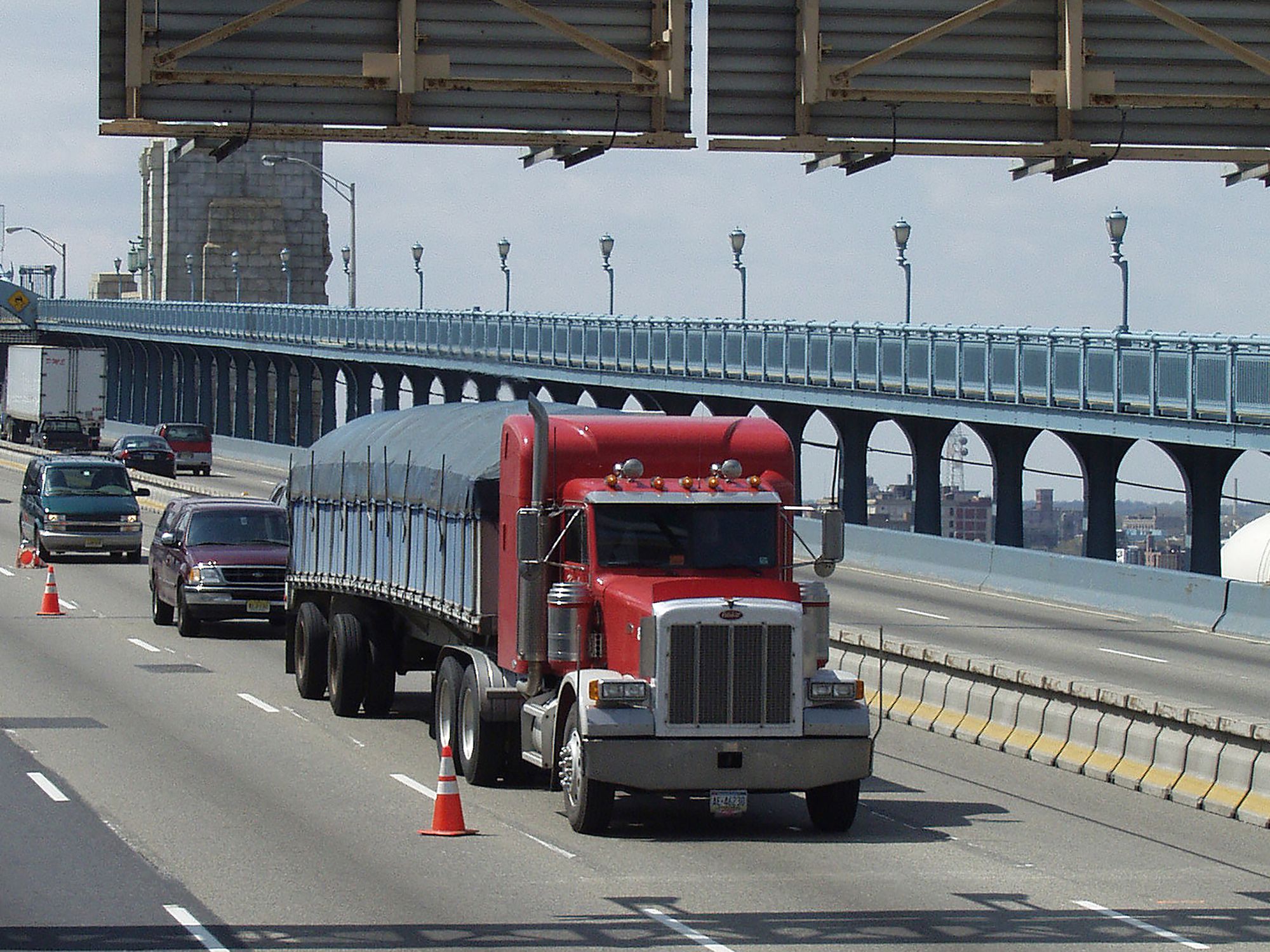What is the Federal Bridge Formula?

- The greater the number of axles for any length of vehicle, the greater the gross weight permitted in the entire combination.
- Each state has established regulations that govern the handling of oversize or overweight vehicle movements.
The Federal Bridge Law was established in 1975 by the U.S. Congress. It is codified in 23 CFR 658.17. The bridge law was established to set a ratio of length to width for when a heavy vehicle crosses a bridge ― hence the name. It doesn’t take a mathematician to realize that weight over a small area will create more stress than the same weight placed over a greater area.
Since truck wheels provide a relatively small area of contact with a surface, an effective way to increase surface area is to add extra wheels. In the bridge law and formula, extra wheel surface is accomplished by adding axles. The more axles in any length, the more gross weight is allowed in the span.
The Formula:
W = 500 (LN / (N-1) + 12N + 36)
As in any formula, the letters stand for variables. There is only one unknown variable in the formula, which is represented by “W.” The “W” stands for “weight,” or the allowed gross weight on the axles that are being considered. “L” stands for “length” in feet between the outermost axles under consideration, and the “N” stands for the number of axles.
The bridge allowance is “maxed” out once the axle or total gross weight is reached, unless allowed additional weight by an overweight permit. When overweight permits are issued, many states still expect the axles to “scale out” to the bridge formula.
The bridge rule applies to any, and all, possible axle groups.
Can a vehicle exceed the legal limits?
Along with regulations pertaining to legal limitations on a vehicle’s width, height, length, or weight, each state has instituted regulations on handling oversize or overweight vehicle movements. These regulations indicate when an over dimensional permit is required; the type of permits available and their fees; permit insurance requirements; maximum permitted vehicle limitations; sign, flag, light, and escort requirements; and permit travel restrictions.
Also see the state limit topics for additional information.
